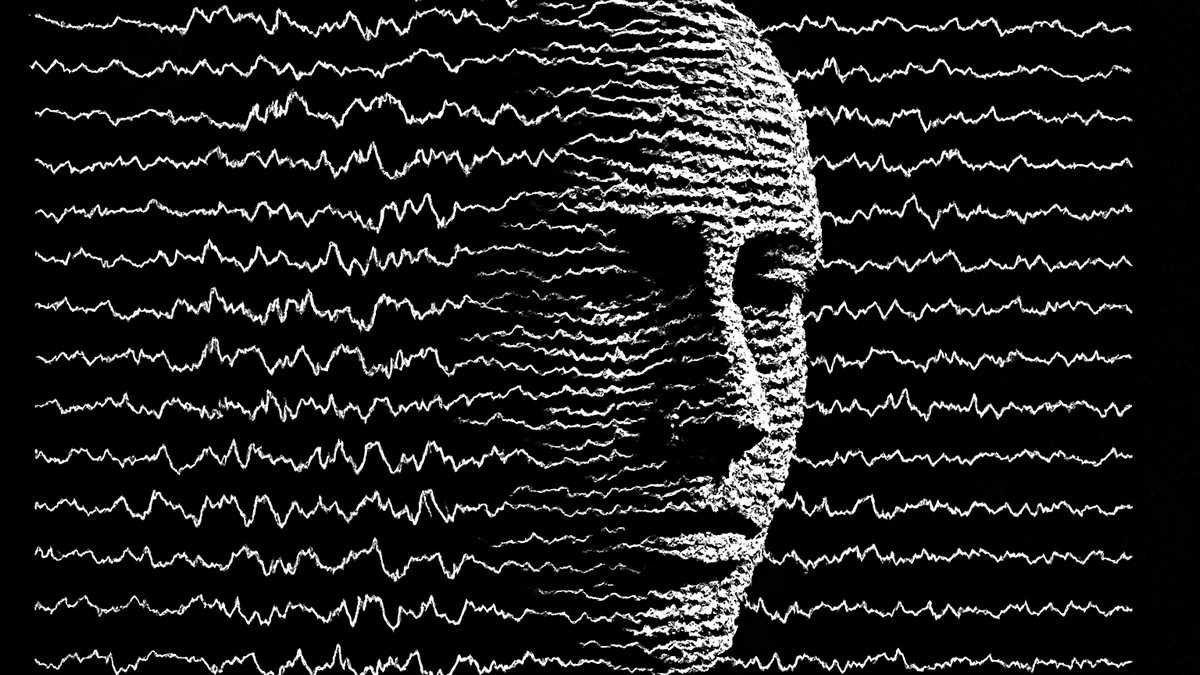Truth & Goodness
4,000 Space Mirrors Could Light Up Earth. Is It Day or Disaster?
04 December 2025

A new discovery has surprised even the scientists themselves. It turns out that brainwaves can move in the opposite direction from what was previously assumed. It’s like the brain is trying to remember something on its own. This is not only a breakthrough in neurology but also a new inspiration for artificial intelligence.
The brain literally ripples with waves. The electrical activity of our neurons spreads out like ripples on water. These phenomena, known as brainwaves, have been familiar to scientists for over a century, but only now have researchers been able to see them in motion and in real time.
This direct observation of the waves is thanks to a team of scientists from Stanford University. The researchers developed highly sensitive optical tools that allow them to track how these waves spread across the brains of mice with precision down to specific types of nerve cells.
Previously, researchers used electrodes to observe the brain, which provided a limited view. Now, it’s possible to monitor entire brain regions at once.
“We were able to get a highly precise picture of the waves spreading in the brain,” explains Professor Mark J. Schnitzer, a physicist and biologist from Stanford, as quoted on the university’s official website.
You might like to read: Playing God? Scientists Create Artificial Human Chromosome
Scientists have named their system “Tempo.” It was developed for over a decade, but it has only now reached a new level. The researchers demonstrated its two newest components: a fiber-optic sensor and an optical mesoscope.
The first device allows for tracking neuronal activity even when animals are in motion. The second provides a panoramic view of the brain. The image is only 8 millimeters wide, but that is enough to see what is happening in the areas responsible for thought and perception.
The test results were quite a surprise for the researchers. They saw three types of waves. Two were beta waves, associated with mental activity, which move at right angles to each other. The third was a theta wave, previously known but now recorded for the first time in backward motion.
“It seems the brain has an internal clock that synchronizes neuronal activity. These brainwaves may also serve to reorganize connections in the brain on a much larger scale,” explains Radosław Chrapkiewicz, engineering director at Schnitzer’s laboratory.
Some scientists believe that the backward-moving theta wave resembles a learning mechanism known from the world of artificial intelligence. Researchers think this biological mechanism could inspire new, more “human” AI models. Experts also agree that this technology could help in medicine.
“There are many very important applications in the field of neuroscience, helping to understand pathology and the varied dynamics of the brain,” emphasizes Simon Haziza, the study’s lead author.
The researchers are not hiding their excitement. It may soon be possible to diagnose neurological problems with unprecedented precision. It may even become possible to build machines that learn similarly to our brains.
Seeing brainwaves in motion is like opening a door to a world that was previously closed. The question that arises is obvious: what is behind that door? Perhaps the unraveling of still-unsolved mysteries: what are thought, memory, and consciousness? And perhaps a clue as to how to replicate them in a machine.
Read the original article: Fale mózgowe cofają się jak w filmie. Nikt się tego nie spodziewał